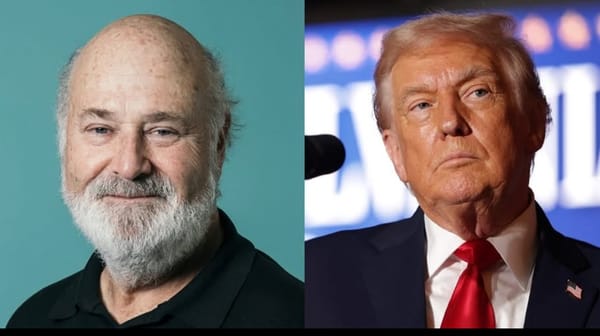BEWARE, ULTIMATE POWER GRAB!

The Push for a Constitutional Convention: Who, Why, and What They Intend to Do.
What Is a Constitutional Convention?
- Article V of the U.S. Constitution provides two methods for proposing amendments:
- Congressional Proposal: 2/3 of both the House and Senate vote to propose an amendment.
- Convention of States: If 2/3 of state legislatures (34 out of 50) request it, Congress must call a convention to propose amendments.
- Important: There has never been a successful Article V convention in U.S. history. All 27 existing amendments have come through Congress.
- An Article V convention could theoretically propose any amendments it wishes, subject to later ratification by 3/4 of states (38 states).
Who Is Organizing the Current Push?
The movement is primarily driven by:
- Convention of States Project (COS Project): Founded by Mark Meckler (former Tea Party Patriots co-founder).
- American Legislative Exchange Council (ALEC): A corporate-backed conservative organization that writes model bills for Republican state legislatures.
- Right-wing think tanks like the Heritage Foundation, Federalist Society members, and Koch-funded groups are involved.
- Prominent Republican politicians (e.g., Ron DeSantis, Greg Abbott, Mike Johnson) support the idea publicly.
Why Are They Pushing for a Convention?
The organizers frame it around “limiting federal power”, but the real aims are broader and more radical:
- Impose permanent constitutional limits on federal authority, particularly:
- Require a balanced federal budget (which could gut Social Security, Medicare, education funding, etc.)
- Impose term limits on Congress and possibly judges.
- Repeal or weaken existing federal laws by giving states power to overrule federal regulations.
- Dismantle civil rights protections (e.g., voting rights, environmental laws, worker protections).
- Potentially redefine the First, Second, and Fourteenth Amendments to suit a far-right agenda.
- Weaken federal agencies (“deep state” rhetoric), shrink the federal workforce dramatically.
- Eliminate or cripple regulatory bodies like the EPA, FDA, OSHA.
- Give states more power over issues like abortion, gun laws, and education.
- Some hardliners have even floated ideas like ending birthright citizenship, privatizing public lands, or outlawing abortion nationwide.
How Close Are They to Succeeding?
- As of April 2025, 19 states have formally passed resolutions calling for a Convention of States, largely with the same boilerplate language.
- They need 34 states to trigger the convention.
- Many of the resolutions passed in recent years under Republican supermajorities in state legislatures.
- The 2024 elections made things more volatile: more far-right lawmakers have gained power in statehouses.
Key states like Arizona, Wisconsin, South Carolina, and Montana are constant targets for lobbying.
Important:
- There are NO established rules for a Constitutional Convention.
- Nothing in the Constitution says a convention must stick to its original “purpose” — meaning it could “run away” and rewrite vast sections of the Constitution.
Example:
Once convened, they could propose amendments limiting voting rights, free speech, press freedom, or judicial independence — all with no real mechanism to stop them except the ratification process.
Concerns Raised by Legal Experts and Historians
- No Guardrails: No federal law outlines how delegates would be chosen or constrained.
- Corporate Influence: Wealthy donors and corporations could heavily influence delegate selection and amendment proposals.
- Democratic Backsliding: It could open the door to authoritarian changes dressed up as “reforms.”
- Ratification Risk: While 38 states must ratify amendments, today’s political polarization means very extreme ideas could still clear that threshold, especially with gerrymandered state legislatures.
- Permanent Damage: Once rights are stripped or structural changes are made (e.g., permanently crippling federal enforcement power), it would be almost impossible to undo.
Summary
Organizers:
- Conservative activists (Convention of States Project, ALEC, Koch network)
- Republican-controlled state legislatures
- Right-wing think tanks and politicians
Goals:
- Limit federal government power dramatically
- Reshape the Constitution to entrench conservative, corporate, and nationalist priorities
- Remove protections and programs seen as “liberal” achievements (civil rights laws, environmental protection, social safety net)
Danger:
- No rules to stop a radical overhaul
- High risk of permanently weakening democracy and individual rights
- Ratification is a hurdle, but not an insurmountable one given state-level control
Stay aware,
Julie Bolejack, MBA



